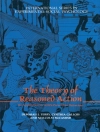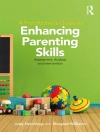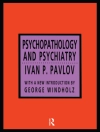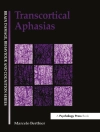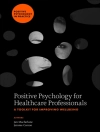What is creativity? How does it work? How does it flourish in individuals and organizations? Now in its second edition, this bestselling introductory text–written by one of the world’s leading experts on the psychology of creativity–is completely updated and expanded to reflect the tremendous growth in this field. In a redesigned, reader-friendly format, the text surveys the latest theories and research to provide key information about what we know (and don’t know) about creativity including its many definitions and measures. It addresses how creativity operates on individual and social/environmental levels, and the effects and outcomes of the creative mind.
This much-praised book is an ideal brief text for courses on creativity in psychology, education, business, and other fields, as well as cross-disciplinary seminars and programs in creativity studies.
New to the Second Edition:
-
Completely updated and expanded with new theories and research
-
Restructured to enhance flow of information and ease of use
-
New chapters on measuring creativity, creativity and mental health, creative environments, how creativity is perceived by self and society, and its positive and negative aspects
-
Coverage of new models and frameworks
-
Expanded coverage of creativity and motivation, mental illness, and mood; history of creativity research; the creative process; and neuroscientific theories and approaches
-
Thorough reconceptualization of creativity and personality
-
New content on differences between creativity, imagination, and innovation
-
Expanded coverage of creativity assessment
Key Features:
-
Surveys theory, research, and applications of creativity concisely and accessibly
-
Written in an engaging style by a world-renowned creativity expert
-
Ideal for courses on creativity in psychology, education, business, and other fields, as well as cross-disciplinary seminars
विषयसूची
Table of Contents
Acknowledgements
Introduction to the Second Edition
Part One: The Basics
Chapter One: What is Creativity?
Chapter Two: Theories of Creativity
Chapter Three: The Structure of Creativity
Chapter Four: Measuring of Creativity
Part Two: The Creative Individual
Chapter Five: Personality
Chapter Six: Motivation
Chapter Seven: Intelligence
Chapter Eight: Mental Health
Part Three: The Big Picture
Chapter Nine: Admissions, Hiring, and Fairness
Chapter Ten: Creative Environments: Classrooms, Workplaces, and the World
Chapter Eleven: Perceptions of Creativity (Self and Other)
Chapter Twelve: Is Creativity Good or Bad?
Epilogue: The Future of Creativity
लेखक के बारे में
James C. Kaufman, Ph D, is a professor of educational psychology at the Neag School of Education at the University of Connecticut. An internationally recognized leader in the field of creativity, he is the author/editor of more than 35 books.


